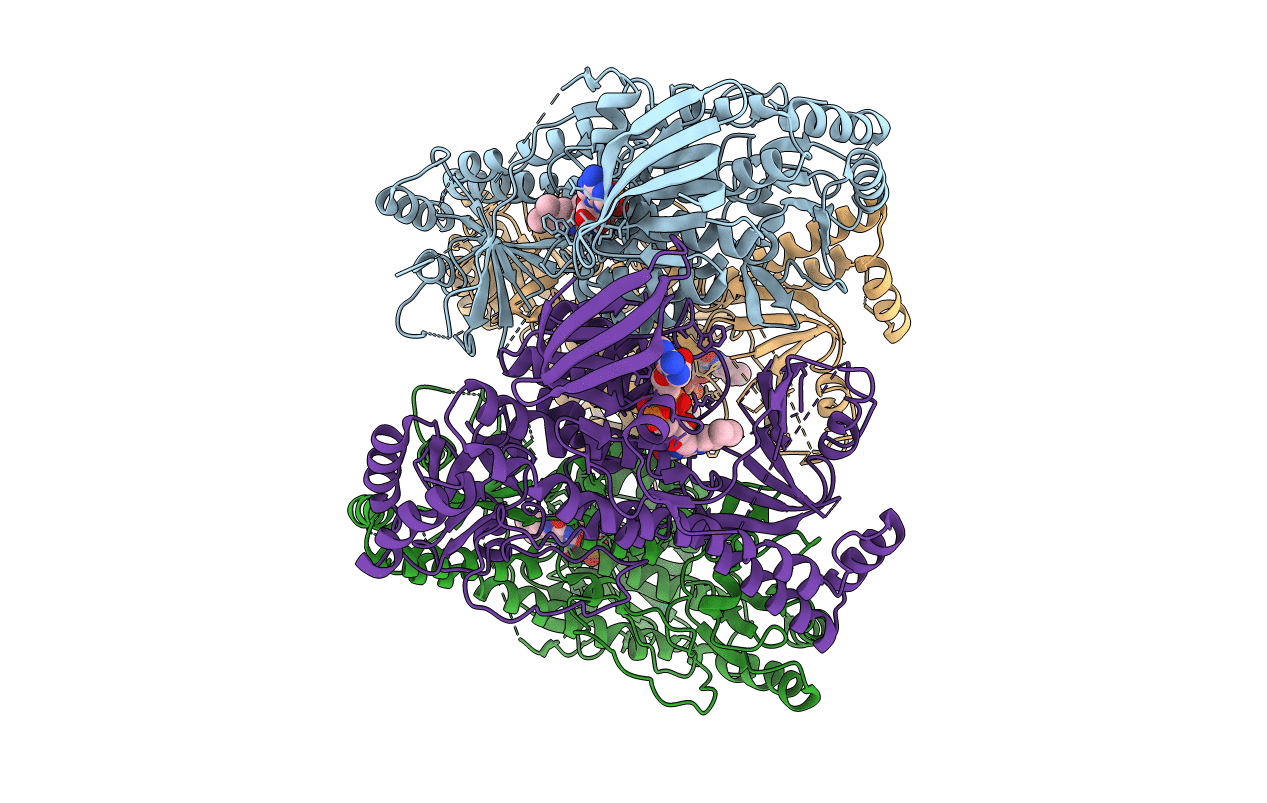
Deposition Date
2014-04-10
Release Date
2015-03-18
Last Version Date
2023-12-20
Entry Detail
PDB ID:
4CY8
Keywords:
Title:
2-hydroxybiphenyl 3-monooxygenase (HbpA) in complex with FAD
Biological Source:
Source Organism:
PSEUDOMONAS NITROREDUCENS HBP1 (Taxon ID: 1437882)
Host Organism:
Method Details:
Experimental Method:
Resolution:
2.03 Å
R-Value Free:
0.20
R-Value Work:
0.16
R-Value Observed:
0.17
Space Group:
P 1


